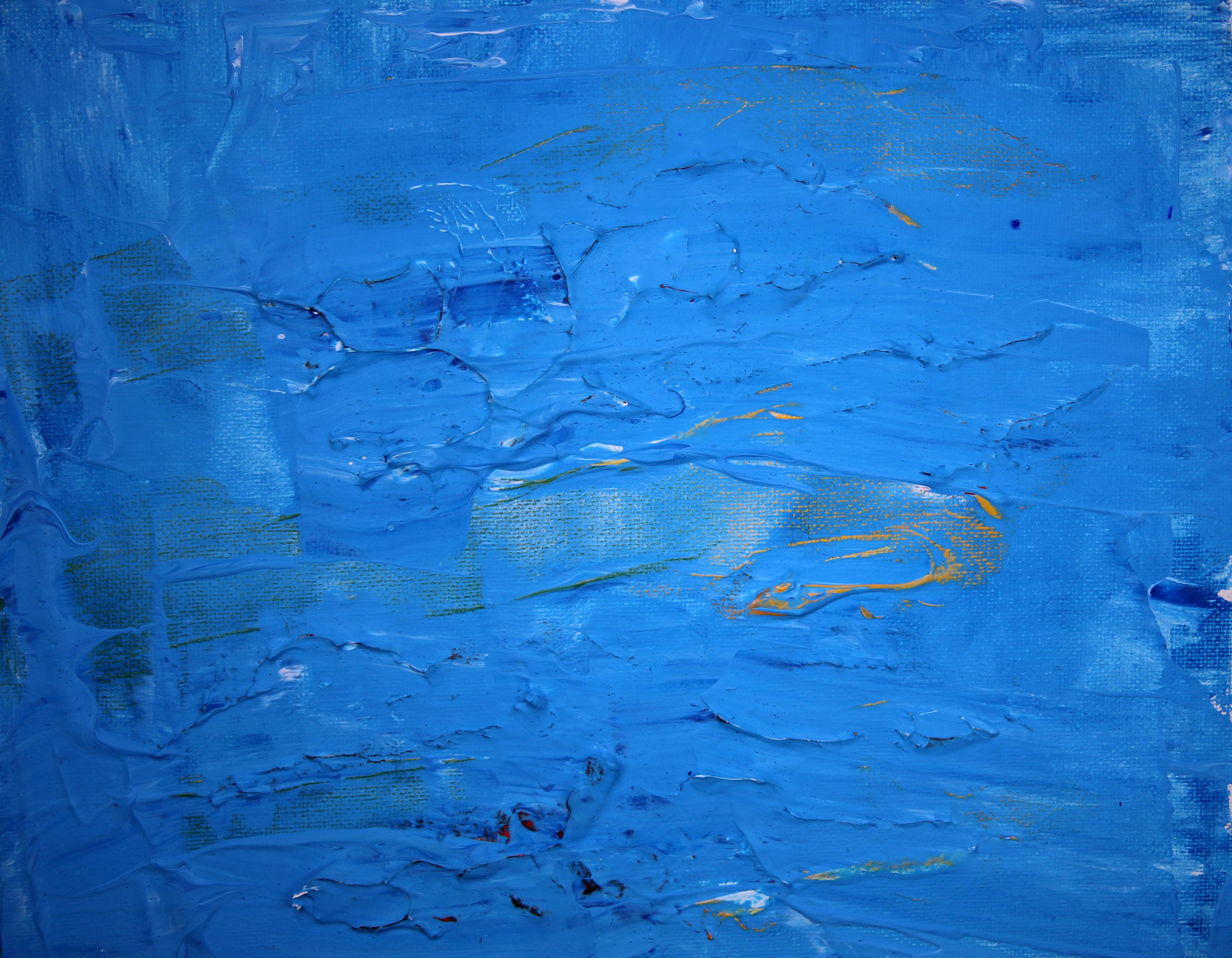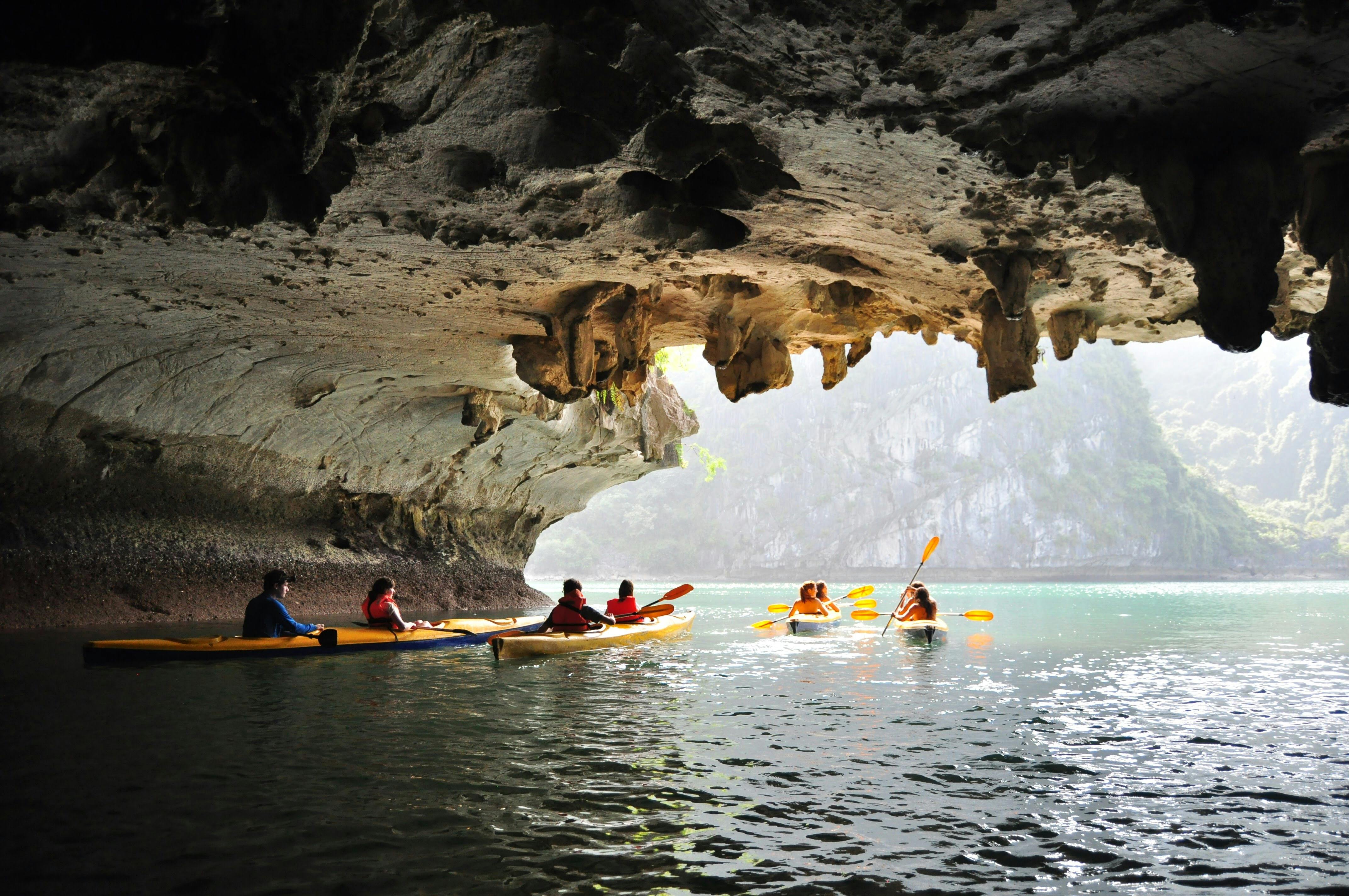
Ghana Life: trees and place names
admin
- 0
Trees play an important role in Akan culture. They feature centrally in the famous anansesem, or spider stories, and are associated with various spirits in traditional fetish religion. Collectively, like the forest, they provide a home for those mischievous mythological dwarves, the mmoatia, and the terrible monster, the sasabonsam. In modern times, forests have been cleared at an alarming rate and many towns and villages are now surrounded by secondary shrubbery, but the memory of the great trees lives on in the names the ancestors gave to the places where they chose to settle. their homes.
The Ashanti even named their capital after a tree. According to legend, the location of the capital was decided during the reign of Otumfuo Nana Obiri Yeboa at the end of the 17th century. The king is said to have asked his chief fetish priest where he should build his capital city. There were two suitable sites, so the king was advised to plant two okum trees (Bombax Buonopozense), one at each site. An okum tree died, so they called that place Kumawu, the okum tree died. The other okum tree thrived, so that’s where they built the great city of Kumasi, the okum tree has remained. Nana Obiri Yeboa is said to have been Kumasihene (King of Kumasi) from about 1660 to 1680. The next Kumasihene was the first to take the title of Asantehene, King of Ashanti.
One of the best woods from Ghana has the Akan name of odum (Chlorophora excelsa). Known in the international timber trade by its Nigerian name, iroko, odum is a hardwood of exceptional strength and durability and a major export product. Several towns and villages have taken the name Odumase, under the odum tree, and the name persists long after the odum trees have been felled and their timber exported. The same fate has befallen Pepiase, now devoid of its mahogany (opapea) trees.
Many place names have been created by adding ‘ase’, which means ‘under’, to the name of a tree. Thus one finds: Abease, under the oil palm (abe), Besease, under the bitter kola nut tree (bese), and Anyinawase, under the kapok tree (onyina). Oil palms and kola nut trees are still around to grace the places that bear their name, and Anyinawase residents are lucky that since the wood of the kapok tree has no commercial value, these mighty trees are left standing. after the logging companies have left. to virgin forests.
Even the features of the forest have given rise to place names. The name of Wenchi in the Brong-Ahafo region is said to be derived from wan akyi, the light behind, as the founders walking through the forest saw a light ahead created by a clearing behind the trees in which they could start. to build your city.
Many more examples could be given to illustrate the traditional Ghanaian affinity for trees. In an age when men everywhere are relearning their reverence for the natural environment, it is to be hoped that commercial logging will soon be reduced to sustainable levels. Then, all the trees known to the ancestors will not only be preserved in the names of the places, but will once again stand tall over the cities and towns to arouse wonder in the children of the future.

